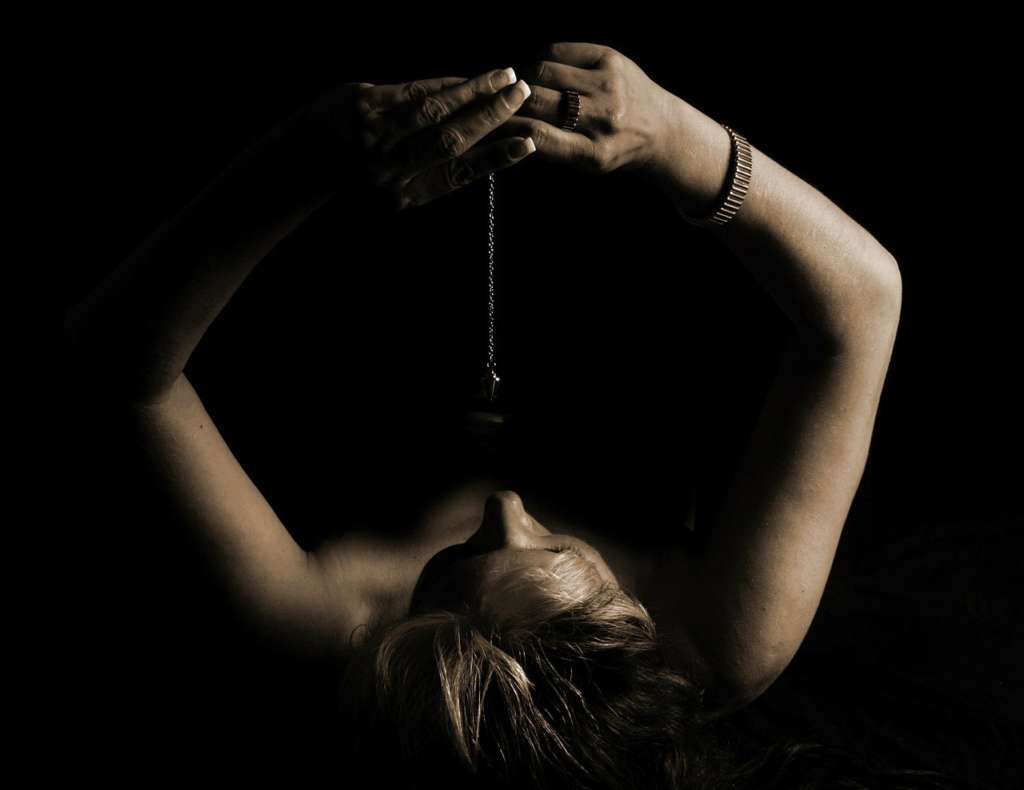Everyone loves a good hypnosis. When we were children, we were fascinated by the watch-waving magicians who turned adults into chickens. We swayed our Swatches in the playground in an attempt to make our little friends fall over. We weren’t successful then but we can be now. The secrets of hypnosis and hypnotherapy can be unveiled with a short course, followed by a glittering career in scout halls and people’s living rooms.
Stage hypnotists are quick to point out that their art is completely safe completely safe no harm will come to you. They say that they can’t hypnotise anyone into doing something that is against their moral or ethical code. This must be scant comfort for all the hypnotees who have gotten amorous with brooms or who have sang Micheal Jackson’s touching love song “Ben” to an imaginary rat on their shoulder.
Hypnotherapy is different to stage hypnotism in that there is no chance of you ending up in Ringsend stroking your fianc , the lamppost. Suggestion therapy can be used to deal with simple problems like nail-biting and smoking and sometimes one session is all that is required. More complex problems such as severe stress or phobias can be relieved with analytical therapy, which reveals the underlying cause of problems and so relieves the symptoms.
Several thousand years ago, the Persian Magi and Indian Yogis were using forms of hypnosis, either consciously or unconsciously, to heal and calm patients. However, hypnosis was not really developed until a Parisian, Dr. Anton Mesmer, started putting some of his patients into a trance state with passes of his hands around 1773. He believed that he was manipulating a magnetic fluid – animal magnetism – in his patients. Mesmer was largely discredited, but hypnosis was slowly taken on board during the 1800’s. Physicians, particularly in Europe, used it as an anaesthetic and analgesic.
Dr. Ambroise-Auguste Liebeault was one of the first physicians to branch into hypnotherapy, using simple methods to suggest away patient symptoms. Joesf Breuer took hypnotherapy to a new level, using it to get to the root of problems by associating symptoms with traumatic events in a patient’s past. However, Sigmund Freud threw a spanner in the works and is largely credited with discrediting hypnotherapy.
Both Breuer and Freud thought that hysterical symptoms developed as a result of repressing damaging experiences. If these experiences were released from the subconscious mind by a mental catharsis, the hysterical symptoms would be eliminated. However, Freud was no good at watch-waving, and preferred to use free association coupled with psychoanalysis. Thus the ancient art tumbled into the Room 101 of medicine.
Hypnosis today is regaining ground. No one can resist a dose of Paul McKenna or Barry Sinclair and the nicotine addicts and the sleep deprived are increasingly turning to hypnotherapy. Self-hypnosis is popular, with people walking the streets muttering a happy tune. Parents play their sleeping children the hypnosis obedience tape again and again until they start spasming
If the subliminal messages in this article have affected you as they should have, you should know that you want to do a course in hypnosis. And that you want a strawberry Cornetto.



















